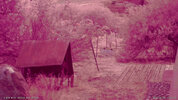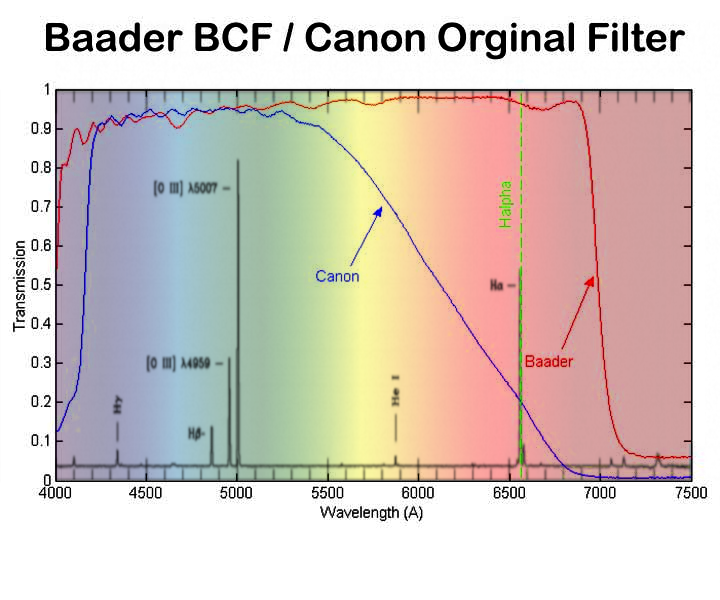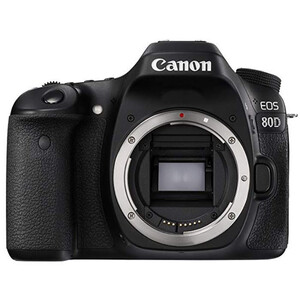DAP
Well-Known Member
- Joined
- Sep 5, 2014
- Messages
- 547
- Reaction score
- 283
- Location
- California
- Country
- United States
- Dash Cam
- Two Viofo 129 PRO cameras and a Tesla Model 3 4 Channel
I had previously done a test with a 12mm lens on the A129 pro duo rear camera.
I had an A119 v2 lying around, not in use because it was prone to silently stopping recording. (I have since learned that the silent part of this failure seems to be that the speaker is not working).
Since it is not reliable, I decided to test it with an extra 12mm lens I had lying around.
When I disassembled the camera, I unfortunately broke two of the latches that hold the moving part of the camera enclosure together, but I found that that will be held together by the not moving part of the camera enclosure.
I also discovered that this camera uses the same lens mount as the A129 pro rear camera (19mm screw spacing). Having experience with the A129 pro rear camera, I knew that I would have to build a spacer between the sensor circuit board and the lens mount to allow the 12mm lens to focus.
The moving part of the camera housing is much smaller than the one on the A129 pro rear camera, so I had to make my spacer much thinner, and still had to trim away part of the camera housing to allow the extended housing to fit.
The camera is assembled and focused. I have not done any driving tests with it because it is Halloween, and I don't want to be driving around when there are a bunch of kind running around half blinded by their masks.
I do have a focus test photo to include.
I have had to re-format this from png to jpg so that this forum will allow me to attach it.
The focus targets are 90' from the camera, the hay stack looking thing is 140'.
It looks like the sharpness of the lens is matching the resolution of the sensor pretty closely as the target images degrade to grey just before they would begin aliasing. I would have preferred aliasing as it would mean that this lens could be used on a higher pixel density camera.

I had an A119 v2 lying around, not in use because it was prone to silently stopping recording. (I have since learned that the silent part of this failure seems to be that the speaker is not working).
Since it is not reliable, I decided to test it with an extra 12mm lens I had lying around.
When I disassembled the camera, I unfortunately broke two of the latches that hold the moving part of the camera enclosure together, but I found that that will be held together by the not moving part of the camera enclosure.
I also discovered that this camera uses the same lens mount as the A129 pro rear camera (19mm screw spacing). Having experience with the A129 pro rear camera, I knew that I would have to build a spacer between the sensor circuit board and the lens mount to allow the 12mm lens to focus.
The moving part of the camera housing is much smaller than the one on the A129 pro rear camera, so I had to make my spacer much thinner, and still had to trim away part of the camera housing to allow the extended housing to fit.
The camera is assembled and focused. I have not done any driving tests with it because it is Halloween, and I don't want to be driving around when there are a bunch of kind running around half blinded by their masks.
I do have a focus test photo to include.
I have had to re-format this from png to jpg so that this forum will allow me to attach it.
The focus targets are 90' from the camera, the hay stack looking thing is 140'.
It looks like the sharpness of the lens is matching the resolution of the sensor pretty closely as the target images degrade to grey just before they would begin aliasing. I would have preferred aliasing as it would mean that this lens could be used on a higher pixel density camera.





